The class and methods mentioned in the original post are the right ones to be used for checking network location service availability.
Please refer to a partial code extracted from Huawei sample code obtained from Github
public void checkSettings(View view) {
new Thread() {
@Override
public void run() {
try {
CheckSettingsRequest checkSettingsRequest = new CheckSettingsRequest();
LocationRequest locationRequest = new LocationRequest();
checkSettingsRequest.setLocationRequest(locationRequest);
checkSettingsRequest.setAlwaysShow(false);
checkSettingsRequest.setNeedBle(false);
LocationSettingsRequest.Builder builder = new LocationSettingsRequest.Builder()
.addLocationRequest(checkSettingsRequest.getLocationRequest())
.setAlwaysShow(checkSettingsRequest.isAlwaysShow())
.setNeedBle(checkSettingsRequest.isNeedBle());
settingsClient.checkLocationSettings(builder.build())
.addOnCompleteListener(new OnCompleteListener<LocationSettingsResponse>() {
@Override
public void onComplete(Task<LocationSettingsResponse> task) {
if (task != null && task.isSuccessful()) {
LocationSettingsResponse response = task.getResult();
if (response == null) {
return;
}
LocationSettingsStates locationSettingsStates =
response.getLocationSettingsStates();
stringBuilder.append(",\nisLocationPresent=")
.append(locationSettingsStates.isLocationPresent());
stringBuilder.append(",\nisLocationUsable=")
.append(locationSettingsStates.isLocationUsable());
stringBuilder.append(",\nisNetworkLocationUsable=")
.append(locationSettingsStates.isNetworkLocationUsable());
stringBuilder.append(",\nisNetworkLocationPresent=")
.append(locationSettingsStates.isNetworkLocationPresent());
stringBuilder.append(",\nisHMSLocationUsable=")
.append(locationSettingsStates.isHMSLocationUsable());
stringBuilder.append(",\nisHMSLocationPresent=")
.append(locationSettingsStates.isHMSLocationPresent());
LocationLog.i(TAG, "checkLocationSetting onComplete:" + stringBuilder.toString());
}
}
})
.addOnFailureListener(new OnFailureListener() {
@Override
public void onFailure(Exception e) {
LocationLog.i(TAG, "checkLocationSetting onFailure:" + e.getMessage());
int statusCode = 0;
if (e instanceof ApiException) {
statusCode = ((ApiException) e).getStatusCode();
}
switch (statusCode) {
case LocationSettingsStatusCodes.RESOLUTION_REQUIRED:
android.util.Log.i(TAG,
"Location settings are not satisfied. Attempting to upgrade "
+ "location settings ");
try {
// Show the dialog by calling startResolutionForResult(), and check the
// result in onActivityResult().
if (e instanceof ResolvableApiException) {
ResolvableApiException rae = (ResolvableApiException) e;
rae.startResolutionForResult(CheckSettingActivity.this, 0);
}
} catch (IntentSender.SendIntentException sie) {
android.util.Log.i(TAG, "PendingIntent unable to execute request.");
}
break;
default:
break;
}
}
});
} catch (Exception e) {
LocationLog.i(TAG, "checkLocationSetting exception:" + e.getMessage());
}
}
}.start();
}
The execution results when “network location service” is turned on and off are shown below. It shows the state with true and false respectively.




